Ad blocking, evolution of instant messengers and other Internet trends 2016
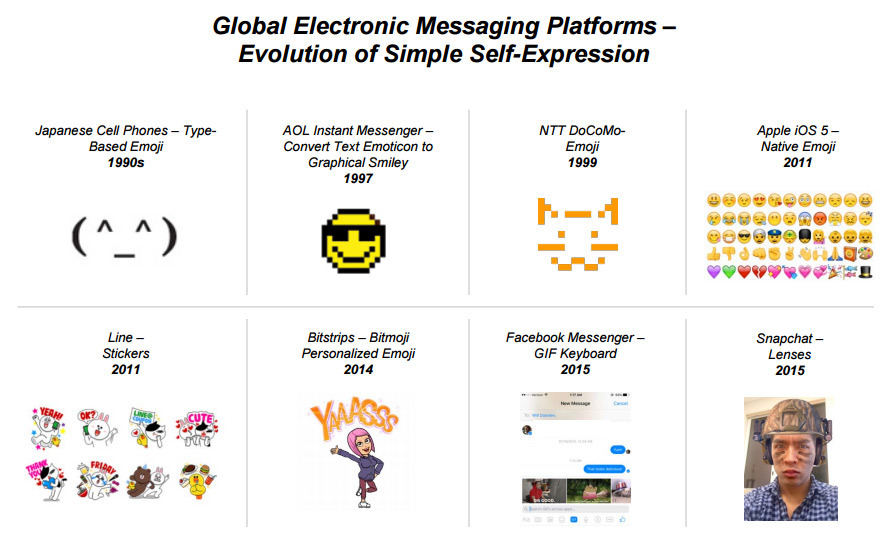
Replaced analyst Mary Miker from KPCB presented another presentation at the Code Conference with key trends in the Internet industry over the past year: the 2016 Internet Trends Report (pdf) . Mary has been preparing such reports since the dotcom boom of the late 90s.
Last year, the number of Internet users exceeded 3 billion people, and the annual growth stabilized at around 9%. True, the main increase was provided by India (+ 40%), which was ahead of the United States and reached the 2nd place in the world in the number of Internet users after China.

')
The main trend of last year was a dramatic decline in smartphone sales growth (from 28% to 10%) and growth in the number of mobile users (from 31% to 21%).

The five-year rapid growth of the smartphone market seems to have come to an end.
At the same time, Android continues to increase its market share at the expense of iOS. Just think, back in 2009, the share of Android was only 4%!
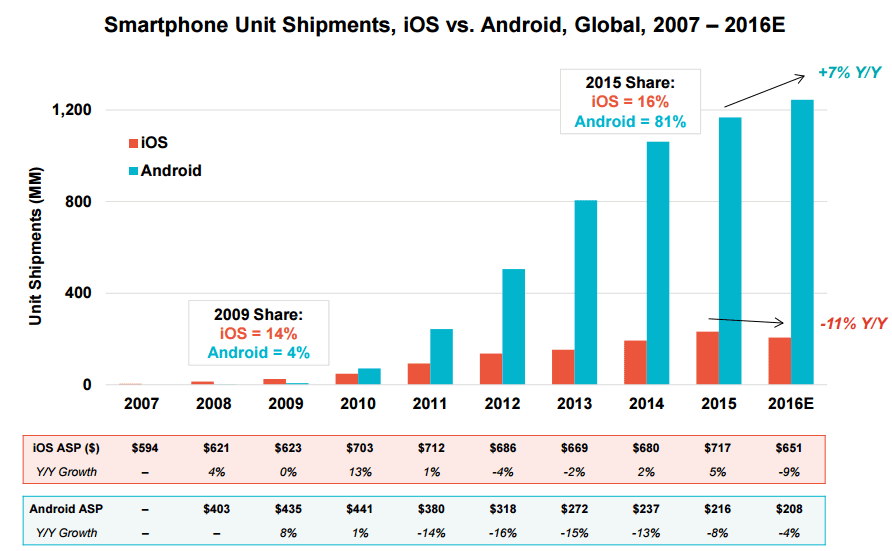
According to the forecast, in 2016 the share of iOS will decrease for the first time in ten years.
Sales of smartphones have ceased to grow, including due to the general situation in the global economy. The price of a smartphone is a significant part of the family budget. For example, in Russia, the average price is 1.8% of the annual gross national income per capita, in Germany - 1.0%, in Ethiopia - 47.6%, in India - 10.1%.

At the same time, the world economy has been in the red zone for four years in a row, that is, below the 35-year average growth.

Mary Meeker once again shows the stunning economic growth of China in recent decades. Especially clearly it looks not in numbers, but in photos. Compare photos of Shanghai (Pudong district) in 1987 and 2016.
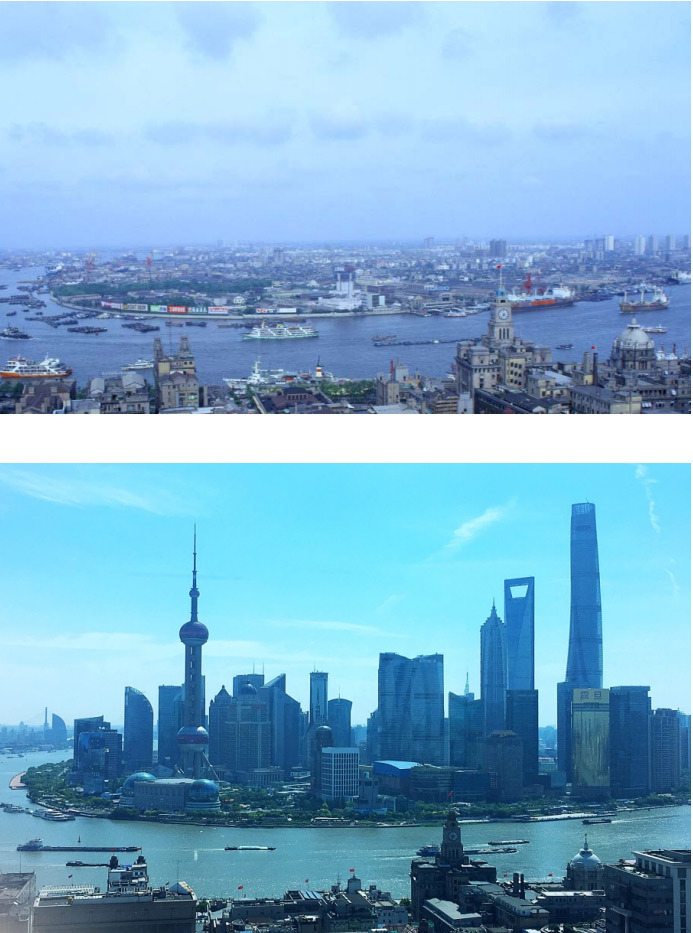
Something amazing is also happening in financial markets: interest rates have fallen to historic lows. This happens not only in the USA, but practically in all developed countries: in some places the rates go into the negative zone.

Mary Meeker notes a decrease in fertility and an increase in life expectancy in all regions of the world.
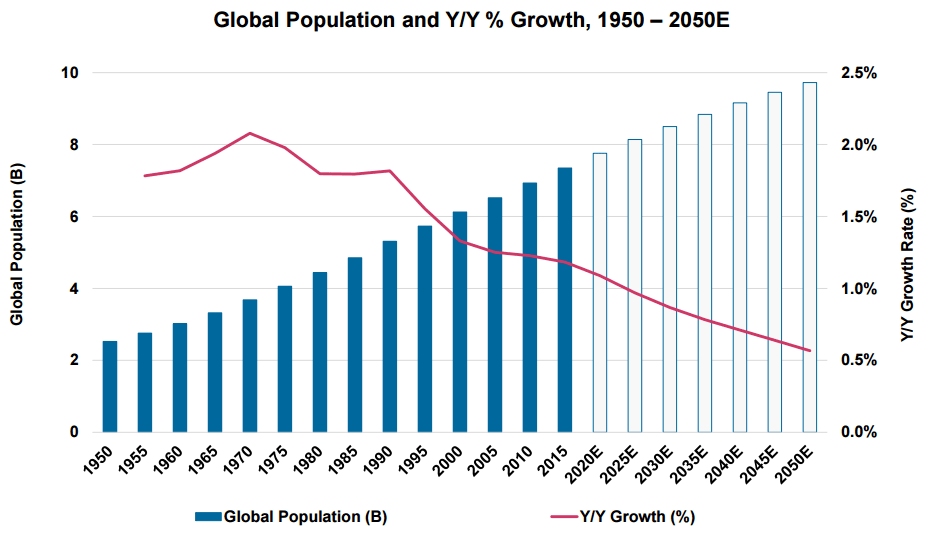
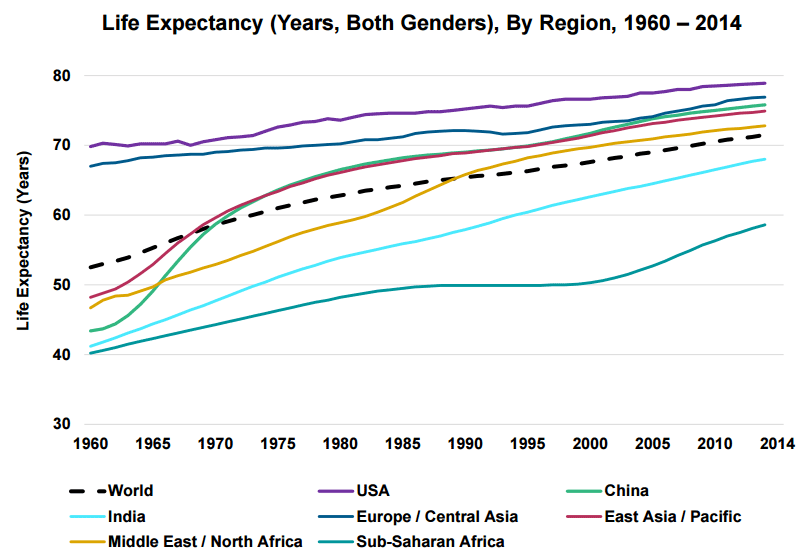
All of the above has an impact on the Internet industry: the growth rate is slowing, including due to economic difficulties and the aging of the population. However, in some sectors the situation looks very optimistic. For example, the online advertising market has once again grown strongly: immediately by 20% per year to $ 60 billion (in the US).

Advertising on traditional sites increased by 5%, mobile - by 66%.
At the same time, the advertising market is threatened by a dangerous trend: a sharp increase in the popularity of ad blockers. On desktops, they are used by 220 million people in the world (+ 16% per year), and on mobile devices - 420 million people (+ 94%)!

In the Internet advertising and e-commerce, in the coming years, a strong rise is expected, because now the generation of millennials has grown up - people who grew up and were formed in the era of well-being, and their basic values are global openness, optimism and tolerance, and the financial approach is consistent with the principle "Earn to spend." This is the difference between the Millennials and the crisis "silent" generation, whose main values were discipline, family values and patriotism, and the financial approach was consistent with the principle of "save, save, save."
Now Millennials make up 27% of the population, and just in the coming years they will enter the peak of consumption (right graph).
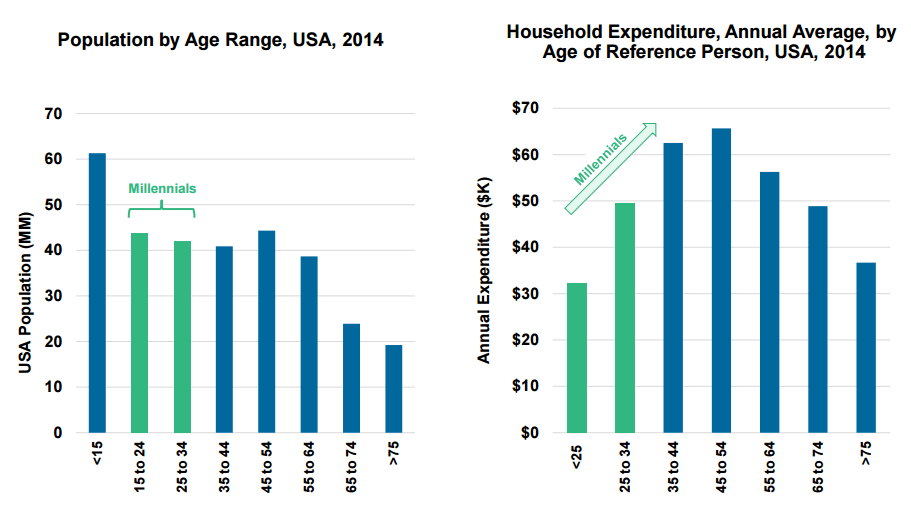
From the point of view of e-commerce, there is a clear trend in the promotion of brands on the Internet. Specific goods are clearly targeted by the target audience, including in social networks.
By the way, after the millenial will come a new generation, which is now at a young age (1-20 years). Since childhood, these people communicate using not text, but pictures, and they grow in an environment not of 2 screens, like millennials, but 5 screens.
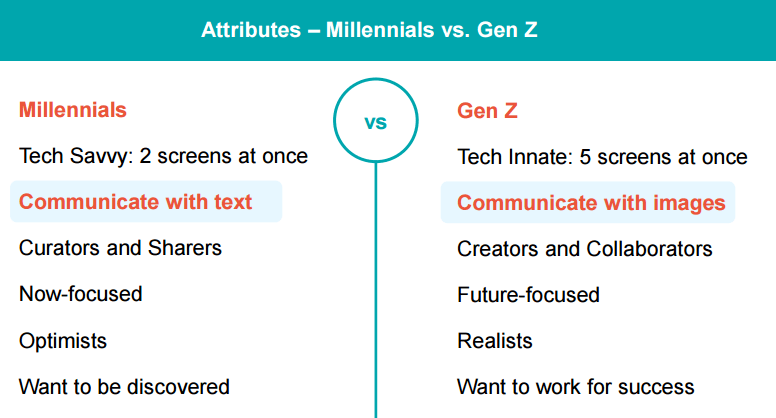
Web services will change accordingly.
The same messengers offer more and more advanced means of self-expression: from text smiles of the 90s to face filters in real time in 2015.

You can expect the growth of UGC, video services and the use of smartphones to create content. This can be used by advertisers, for example, by creating branded stickers and filters for popular programs.
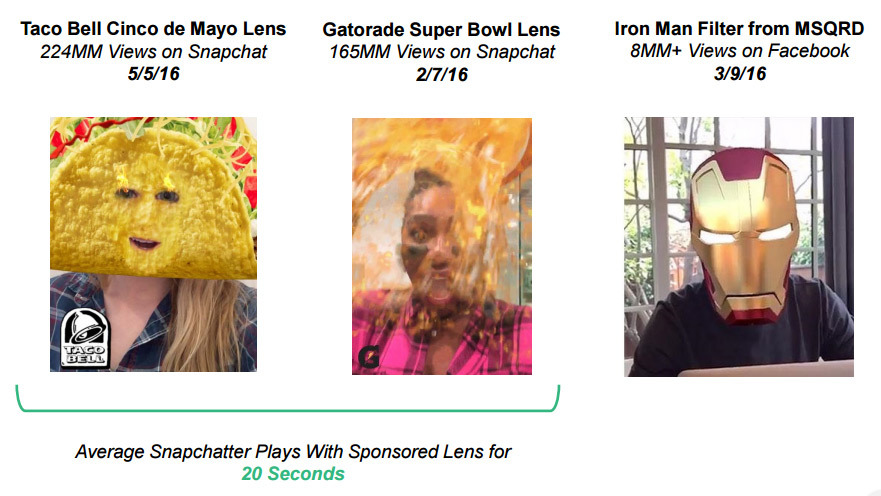
One of the future threads Mary Meeker sees the spread of voice computer interfaces.
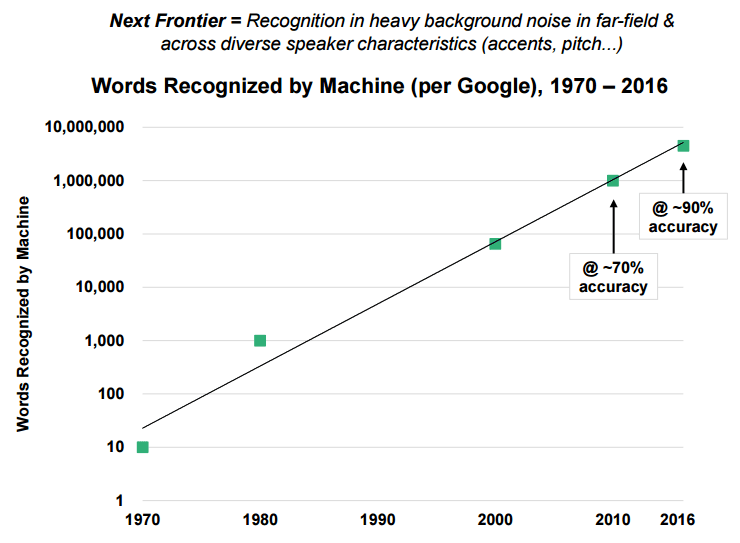


Mary Meeker also talks about future changes in transport and automotive technology. But most importantly, she emphasizes, the Internet will have an impact on so many areas of life, and we are just beginning to feel this influence. The real revolution is still to come.
Source: https://habr.com/ru/post/394911/
All Articles